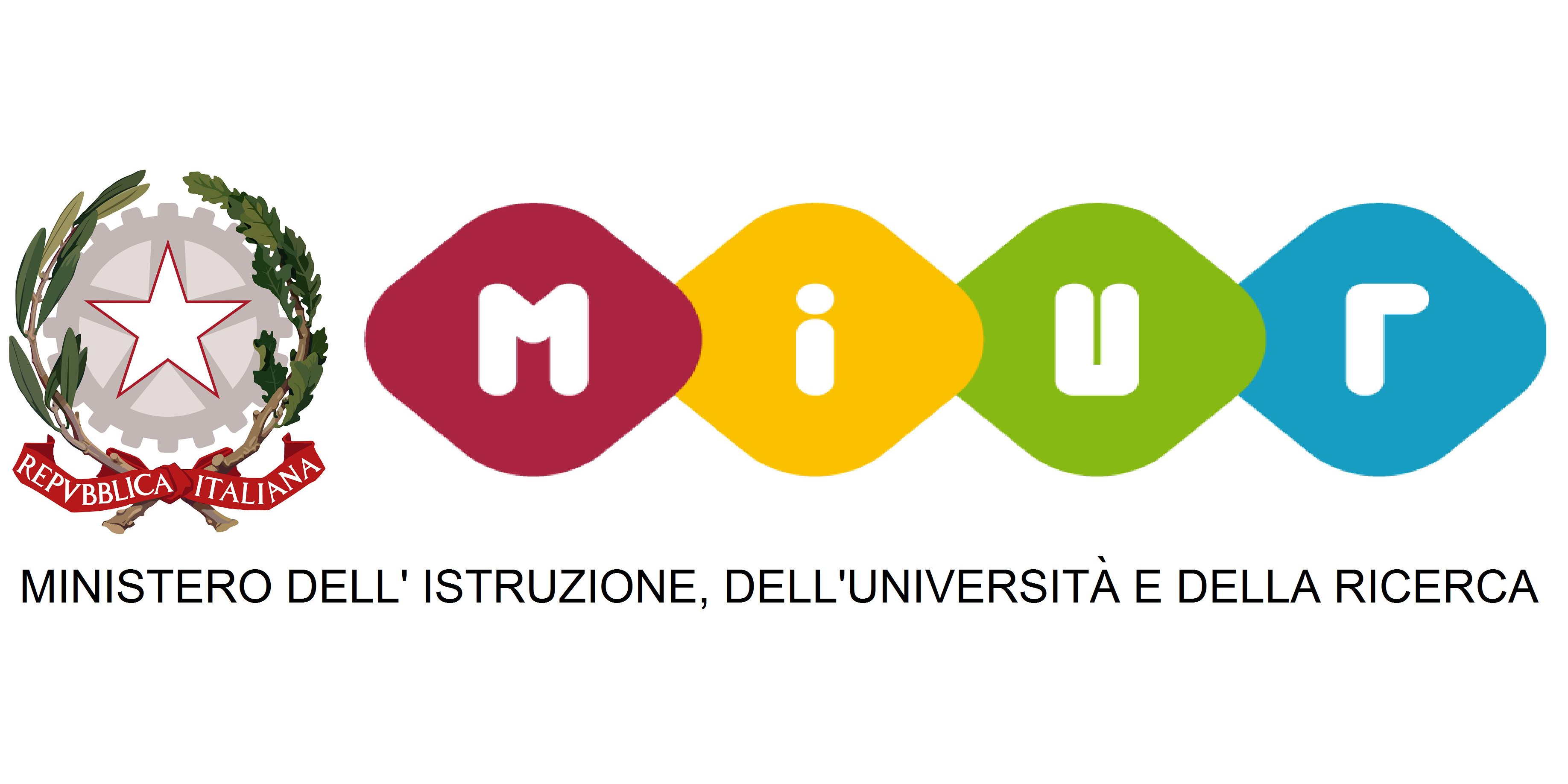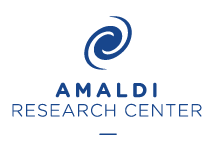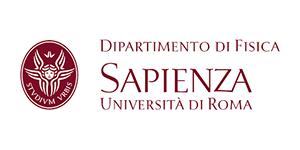The Gravitational-Astronomy era has officially started on September 14, 2015, when the the worldwide LIGO-Virgo scientific collaboration has detected the first transient GW signal. After that date, several other discoveries have occurred and others are expected.
The GW data-analysis group of Rome Sapienza University is actively part of the LIGO-Virgo collaboration, which is focused on the direct detection of all types of GW signals by using kilometer-scale laser interferometers.
The GW data-analysis group includes multidisciplinary expertise and is particularly involved in the analysis of the real data collected by the LIGO-Virgo detectors, especially in the context of continuous GWs, an intriguing and not yet detected class of signals.
This includes, among the others, spinning neutron stars - both isolated and in binary systems, post-merger remnants following the merger of coalescing neutron-star binaries, as well as more exotic sources, such as ultralight boson clouds around black holes. Our group has a leading role in the quest for such signals and has provided several important contributions by developing cutting-edge and extremely competitive data-analysis pipelines.
Working with the LIGO-Virgo data-analysis Rome experts implies to have direct and immediate access at unreleased full data sets, making possible the first detection of new GW type of signals, such as continuous waves. The discovery of these waves will unveil precious information on compact objects, such as neutron-star structure and properties, making those objects to become an unparalleled laboratory for testing models of fundamental physics and astrophysics, in conditions that cannot be reproduced otherwise on Earth.
The LIGO-Virgo GW data-analysis group is consists of 5 senior scientists, i.e., Pia Astone, Sergio Frasca, Paola Leaci, Cristiano Palomba and Francesco Pannarale, 6 PhD students, 1 postdoc and 2 undergaduates.
Pia Astone is a Primo ricercatore (Assistant Professor) of INFN, Rome. Member of the Virgo collaboration since the year 2003. She works on data analysis for GW detectors since the year 1988. In the period 2010-2012 she has been Virgo Chair of the “Continuous wave group” (CW) and co-Chair of the LIGO-Virgo CW group. In the period 2012-2014 she has been Virgo data analysis chair, and co-chair of the LIGO-Virgo Collaboration. Research fields are mainly data analysis on data of the GW detectors, with particular expertise in CW, Transient and Stochastic Background searches. From the beginning of 2018-today, chair of the INFN task force “outreach for GWs”.
From 1976 to 1996 Sergio Frasca has developed data acquisition and data analysis tools for the gravitational bar antennas of the Rome ROG group, in particular for Explorer and Nautilus. In 1996 he joined the Virgo group and up to now he has developed some detection methods for periodic gravitational signals. Inside Virgo he was the coordinator for the continuous-wave search from 1996 up to 2008. He has taught Physics Laboratory courses, Electronics and Signal Analysis.
Paola Leaci is an Associate Professor at the Physics Department of Sapienza University. She has joined the LIGO-Virgo collaboration in 2008, and since 2016 she is the chair of the Virgo continuous-wave working group and the co-chair of the LIGO-Virgo continuous-wave working group. Her main research activities include GW Physics, GW Data Analysis, Pulsar Search, Observational Relativity and Cosmology.
Cristiano Palomba is an INFN researcher and member of the Virgo Collaboration since the year 2001. His expertise includes data analysis, detector characterisation, high throughput computing and neutron stars phenomenology. He has been co-chair of the LIGO-Virgo continuous-wave group in the years 2008-2010.
Francesco Pannarale is a ricercatore a tempo determinato and Rita Levi Montalcini Fellow at the Physics Department of Sapienza University. His research interests include modelling GW signals of merging black holes and neutron stars, GW data analysis, nuclear astrophysics, and numerical relativity. He joined the LIGO-Virgo collaboration in 2013, and is co-chair of the gamma-ray burst follow-up working group and review co-chair of the Burst data analysis group.
For further information please do not hesitate to contact us!



